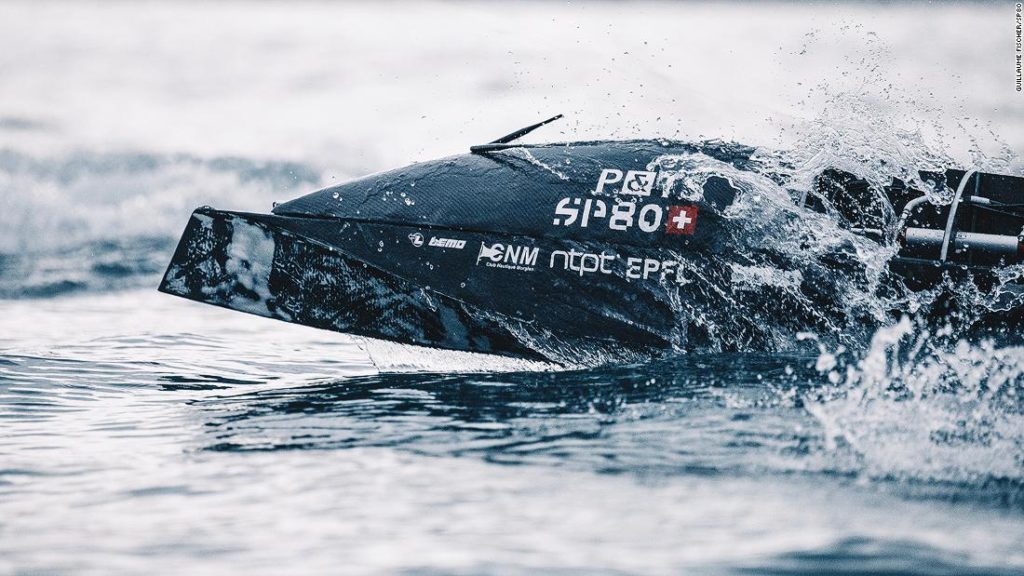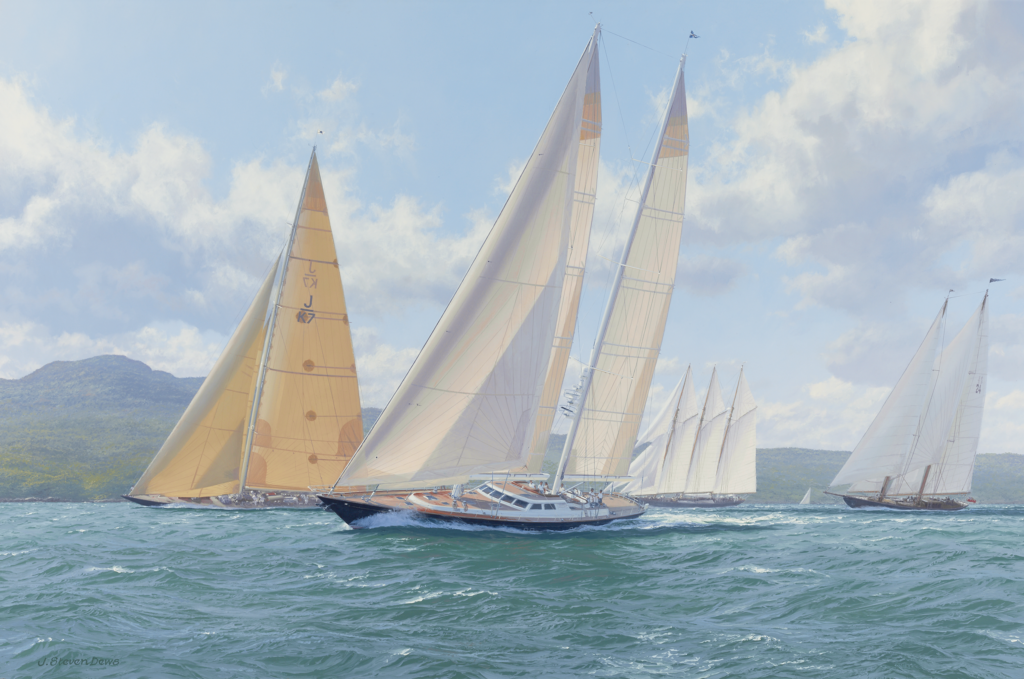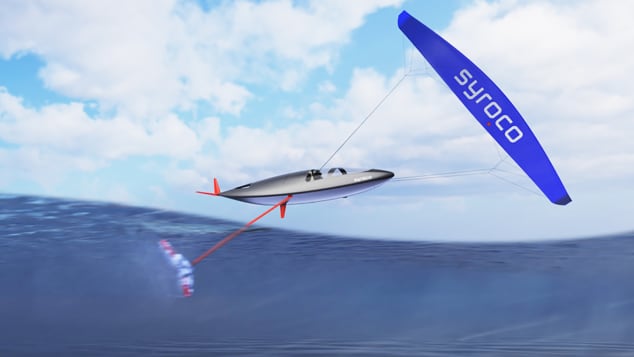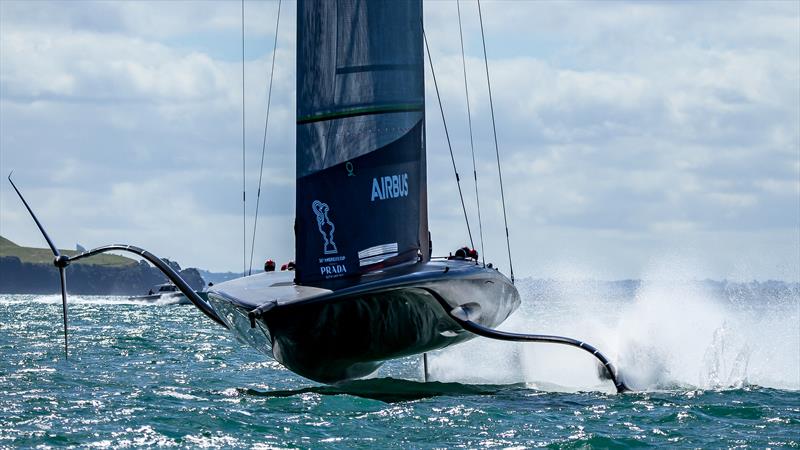As of today, the fastest sailboat speed has been clocked at 65.45 knots (75.3 mph), achieved by Paul Larsen of Australia.

The following written content from Miquel Ros
For more than eight years, the world sailing speed record has remained unbroken. In November 2012, Australian Paul Larsen reached 65.45 knots (or 121 kilometers per hour/75 mph) in his Vesta Sailrocket 2 in South Atlantic waters off the coast of Namibia.
However, two rival teams, one in France and one in Switzerland, are now striving relentlessly towards the same goal: to create the fastest sailboat ever built. One is headed by the former world title holder, and there are two brothers involved — but on opposing teams.
Return to glory?
Setting speed records on water isn’t a new thing for Alex Caizergues, 41, a four-time kite speed world champion from France. In 2010, Caizergues became the first person ever to pass the 100 kilometer-per-hour mark sailing on wind power alone.
With this feat, he also set a new world speed sailing record. A short-lived reign, since he was dethroned, just a few days later, by fellow Frenchman and kiteboarder Sebastien Cattelan.

But now Alex Caizergues has enlisted a team of extreme sports athletes, tech entrepreneurs and financiers to help him claim it back.
The science of frictionless sailing
The sirocco is a warm wind originating in the sandy expanses of the Saharan desert. Well known to sailors all over the Mediterranean, this occasionally ferocious southeasterly wind lends its name to Caizergues’ project.

Based in the port city of Marseilles, maritime technology startup Syroco is working on a wind-powered boat able to break the 80 knots barrier, equivalent to 150 kilometers per hour.
But first of all, let’s forget about the traditional sailing boat concept.
Syroco is nothing of the sort: It’s essentially a six-meter-long fish-shaped capsule pulled by a kite.
The two people sitting inside the capsule will have the task of controlling both the kite and the foil for optimal balance and movement — not an easy task when skimming the surface of the sea at 80 knots.

The capsule is suspended a few feet above the surface of the water. It would almost be flying, were it not for a retractable arm attached to a submerged foil, which provides stability and direction as well as the only point of contact with the water. Read more from CNN
Follow similar interesting non political news stories from News Without Politics





